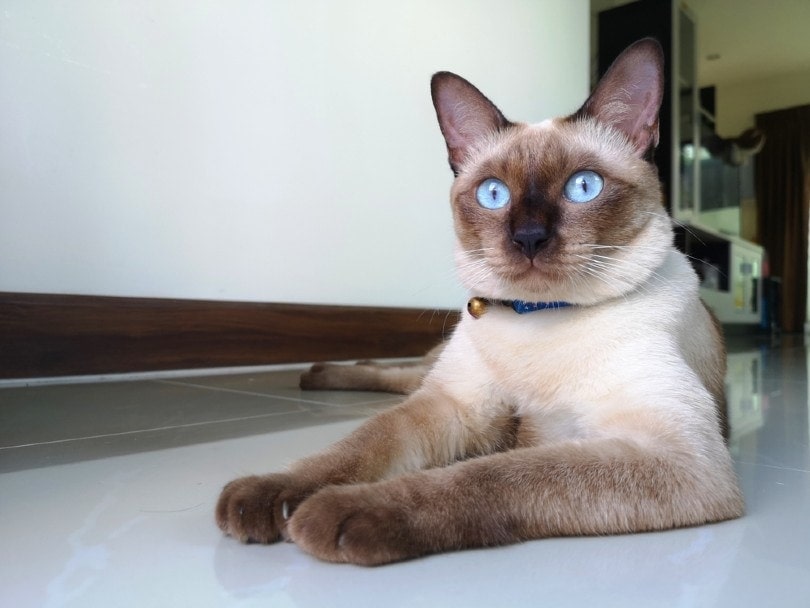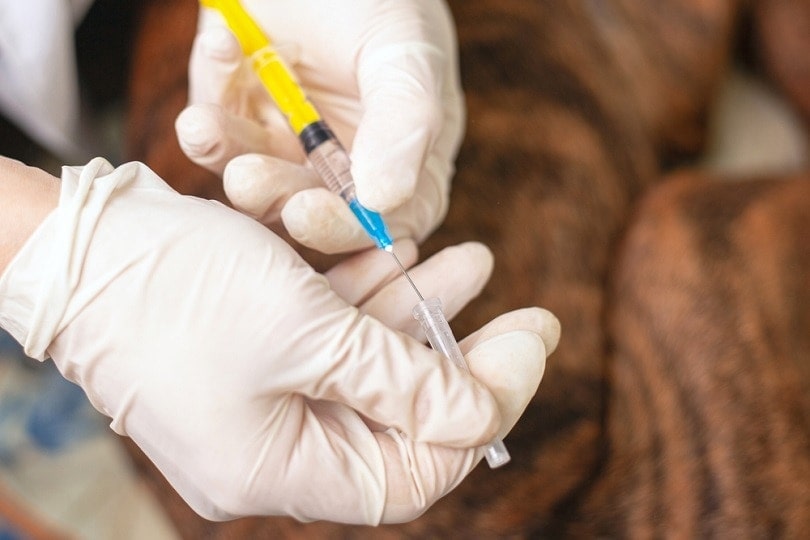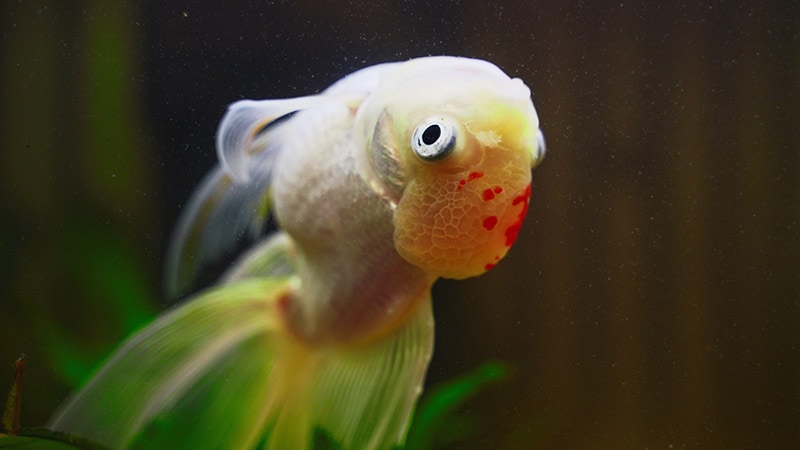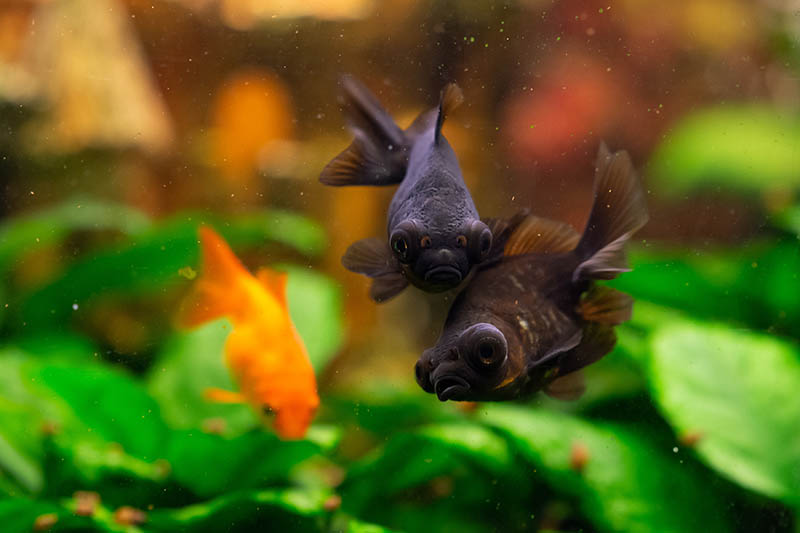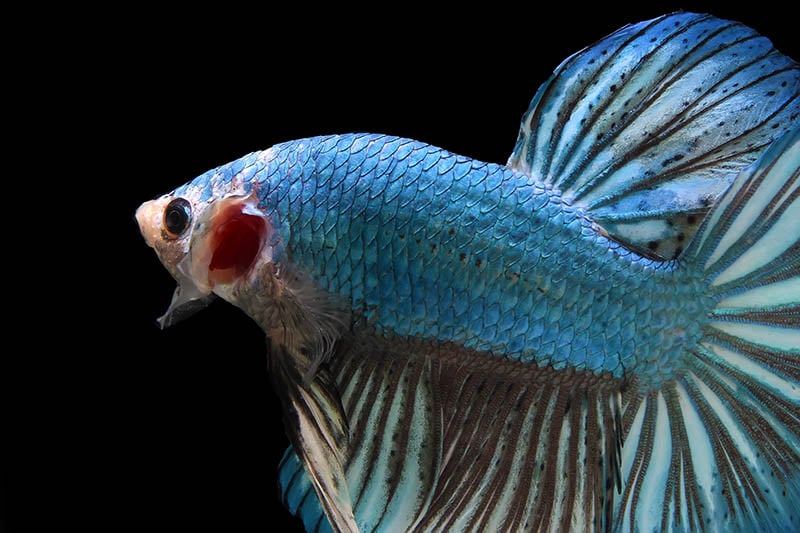Road Trip With Cats: 15 Expert Travel Tips
Updated on
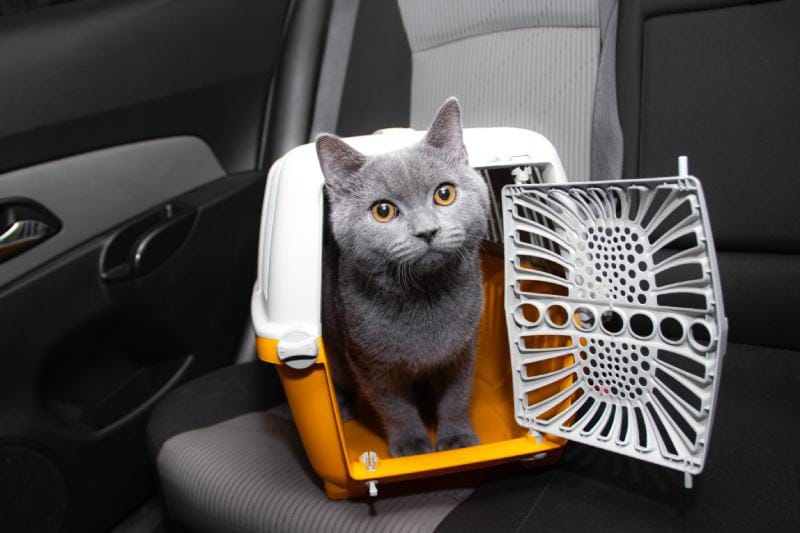
About 46.5 million American households have invited a cat into their lives. Many people don’t consider their pets as mere animals. Rather, they are members of the family. Therefore, it makes sense that some may want to travel with their kitties, whether it’s for a weekend jaunt or a snowbird’s move to a winter home.
Cats like things to stay the status quo. Traveling is out of their wheelhouse unless you take measures to make it less stressful for your pet. That means getting your cat used to the idea of leaving home and enjoying the experience.
The 15 Expert Tips For Road Trips With Cats
1. Check into Travel Restrictions at Your Destination
Do yourself a favor and find out if there are any travel restrictions where you’re headed. Most municipalities don’t regulate pets beyond licensing and similar requirements. However, you must also consider HOAs, resorts, and the odd city law that could disrupt your travel plans. If you plan on a multiple-day journey, check any rules that may pertain to your situation.
2. Buy the Right Carrier for the Trip
Erring on the side of caution and getting an overly large carrier isn’t a bad thing. It’ll give your cat more room to stretch out and move. Some carriers are appropriate for day trips. You’ll also find larger ones that can make longer journeys more comfortable. Mesh-sided products are optimal for air circulation and are lighter in weight.
3. Microchip Your Cat
If your cat isn’t microchipped, you should seriously consider getting it done. It gives your pet a permanent ID. While you don’t want to think about a worst-case scenario, a frightened animal can escape. The fact remains that about 36% of lost cats either die or are never recovered. Think of it as pet insurance. We hope you never need to use it, but it can give you peace of mind, nevertheless.
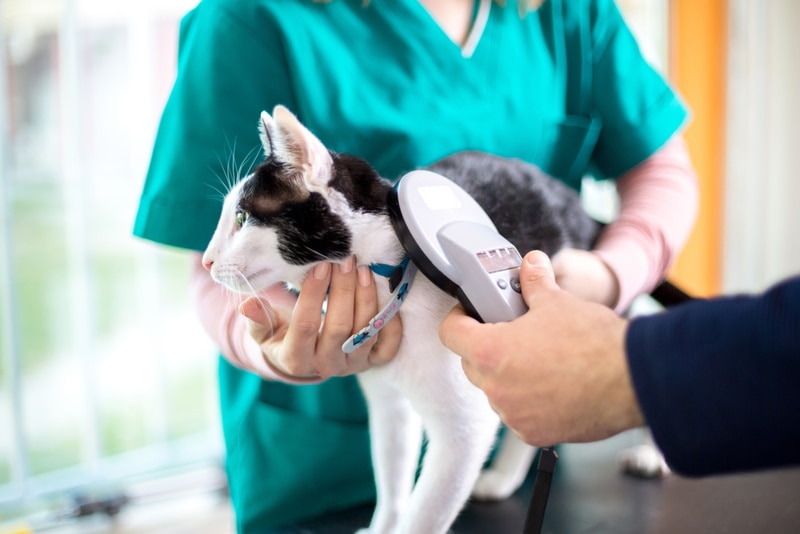
4. Purchase a Disposable Litter Box
You undoubtedly take pit stops when you need to do so. Your cat needs the same relief. Disposable litter boxes are an ideal choice if space is a consideration. You can even put them in your pet’s carrier if it’s big enough to accommodate the extra space. It’s one way to make your journey less stressful for your kitty by making them more comfortable on the road.
5. Feliway Is Your Friend
Products like Feliway replicate feline facial pheromones. When your pet rubs against you, they’re marking their territory. It can reduce stress because the animal associates the carrier as a safe place. Change and the unknown upset cats. A familiar smell can make your kitty relax and calm their fears of traveling to a new location.
6. Discuss Prescription Medications and Vomiting Prevention With Your Vet
Vets often view prescription medications as a last resort. It’s better to find other ways to calm your cat than drugs. They bring a host of other issues with potential interactions and varying tolerances. Nevertheless, you know your cat best. If the trip is liable to upset them unduly, it’s worth asking about drugs to keep them calm and prevent vomiting.

7. Consider Buying a ThunderShirt
Many pets experience noise sensitivity to loud sounds like thunder. Weighted blankets or shirts like the ThunderShirt may offer a calming effect for some animals. Research has shown positive results with dogs. It may have a similar response in cats. The blanket can replicate a box, which felines gravitate to when stressed.
8. Get Your Cat Used to Their Carrier
It’s unreasonable to put your cat in a carrier for the first time and expect them to accept it. Cats don’t like restraint. It takes away their control over an uncomfortable or frightening situation, exacerbating their stress. Therefore, it makes sense to let your at explore its temporary home on their terms at their pace. Let your pet explore the carrier and get used to it before you must use it.
9. Habituate Your Kitty to the Being in a Vehicle
The same advice applies to being in a vehicle. We take it for granted to travel by road. It’s a whole new experience for a pet. That’s why it’s imperative to get your cat used to the experience gradually with short trips. We recommend making it a positive experience. Treats work wonders to make even the scariest event seem less frightening.
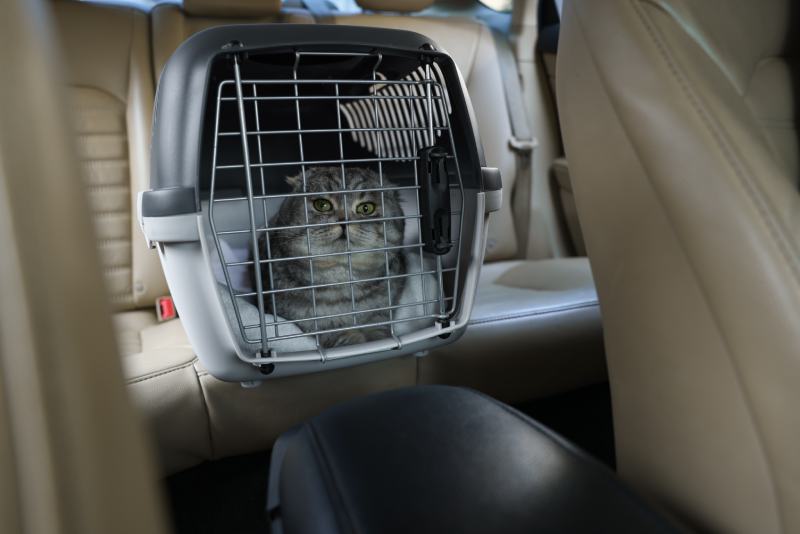
10. Cover the Sides of the Carrier With a Sheet or Towel
One of the reasons cats gravitate to boxes is the security of walls around them with just the opening for them to view the outside. Draping a carrier with a sheet or towel can create the same effect. Ensure proper circulation exists to prevent other issues. You may find that your kitty will seem calmer and even snooze while you drive.
11. Put a Piece of Your Clothing in the Carrier When You Travel
Cats get emotionally attached to their owners. They constantly reinforce these bonds by rubbing up against their owners to remark them as their own. When traveling, you are the only thing your kitty recognizes. Therefore, it makes sense that your senses may have a calming effect on your pet. Make sure to pick something you won’t mind tossing out since a feline may urinate if stressed.
12. Bring a Copy of Your Vet Records With You
Murphy’s Law tells us the unexpected will happen at the worst time. That includes a situation with your cat. Vets will request pet records before treating an injury or illness. They need a complete health history to make the right decisions. However, if something happens when you can’t get them, it can cause a treatment delay. Make it a point to have the most up-to-date records with you before you travel.
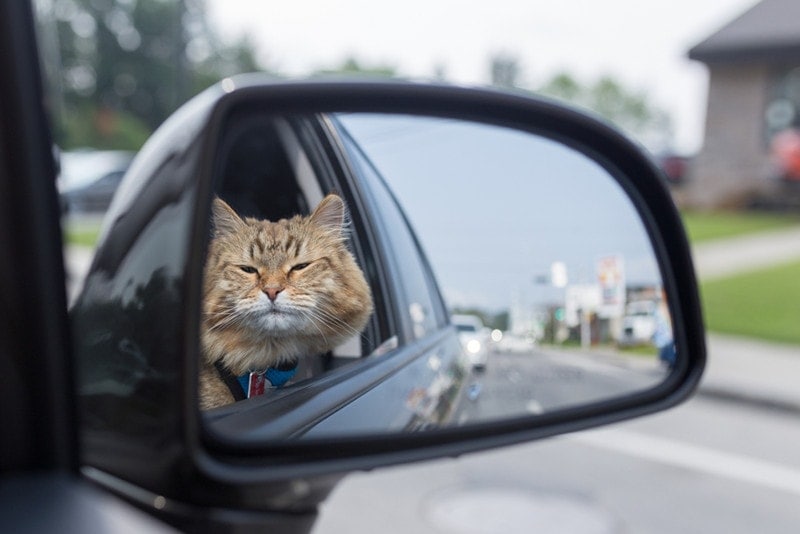
13. Ensure Your Cat Is Up to Date on Their Vaccinations
Likewise, ensure your pet is up to date with any required vaccinations. The last thing you want is to pay a premium for these services at an emergency vet clinic if something happens. That’s especially true with your cat’s rabies vaccination. Some officials won’t accept a tag as proof of the vaccination.
14. Get a Certified Health Certificate From Your Vet
Some accommodations or places require certified proof of your pet’s status with a health certificate. Airlines often make it mandatory if air travel is a part of your journey. Bear in mind they have a limited validity period that varies. Check with your destination or carrier to find out the requirements to make sure it’ll work.
15. Book Pet-Friendly Accommodations
We strongly urge you to verify whether your accommodations are pet-friendly instead of leaving it to chance. You may incur additional fees if you fail to disclose the fact you’re traveling with a cat.
Conclusion
Traveling with a cat can be a rewarding experience for both of you. However, it takes some prep. You must give your cat time to get used to traveling and novel experiences. It helps immensely if you start a pet young instead of working with an older animal. The key is making it a positive experience to offset a feline’s natural fears of something new.
Related Read:
Featured Image Credit: alenka2194, Shutterstock

